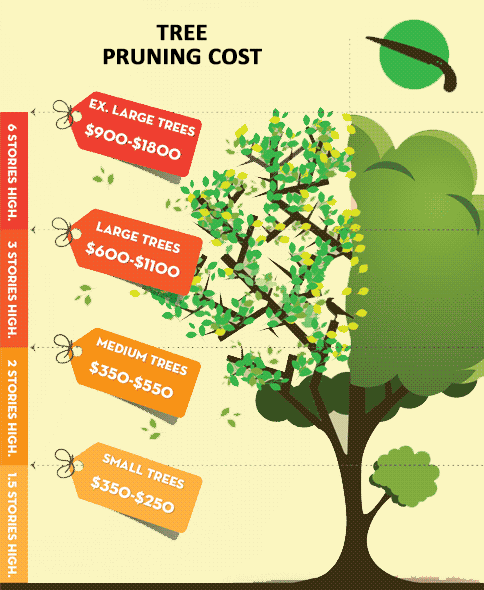Try To Find Essential Indications That Show Your Tree May Be Harmful; Recognizing These Can Secure Your Home And Liked Ones. What Should You Look For Following?
Try To Find Essential Indications That Show Your Tree May Be Harmful; Recognizing These Can Secure Your Home And Liked Ones. What Should You Look For Following?
Blog Article
Write-Up Composed By-Harper Hubbard
When it pertains to tree care, acknowledging the indicators that it's time for removal is essential for your security and home. You may observe stained leaves, wilting branches, or odd fungal growths indicating illness. Structural concerns, like a substantial lean or cracks in the trunk, can additionally posture risks. Understanding these indication can help you make notified choices regarding your trees and stop potential dangers lurking in your yard. What should you look for following?
Indicators of Decay and Disease
When you notice indications of degeneration and illness in your trees, it's crucial to act rapidly. Try to find stained fallen https://theswellesleyreport.com/2020/01/how-to-dispose-of-your-christmas-tree-in-wellesley-massachusetts/ , wilting branches, or uncommon growths like fungus. These can indicate that your tree is having a hard time.
If you see fractures in the bark or soft, mushy timber, these signs and symptoms suggest internal degeneration. In addition, an unexpected boost in insects around your tree can signify that it's weakened and prone.
Look for any dead or dying arm or legs, as they position a risk to your property and safety. If you doubt regarding what you see, seeking advice from an arborist can provide clarity.
Dealing with these indicators early can save you from extra comprehensive damages and ensure the health of your yard. Do not wait up until it's too late.
Structural Instability and Leaning
As you observe your trees, keep an eye out for any kind of indications of structural instability or leaning. If a tree leans considerably, it may indicate that the origin system is compromised.
Search for any kind of fractures in the trunk or dirt around the base; these can signify potential failure. Additionally, check for uncommon development patterns, like an uneven crown, which may suggest that the tree is having a hard time to hold itself upright.
If you observe that the tree leans toward your home, high-voltage line, or other structures, it poses a greater danger. Don't overlook these indicators-- speak with an arborist to assess the circumstance.
Taking action early can stop pricey damages and guarantee your safety and security.
Dead or Perishing Branches and Foliage
If you see dead or passing away branches and vegetation on your tree, it's a clear sign that something's wrong.
These undesirable areas can indicate underlying issues like illness, insect infestations, or environmental stress and anxiety. When branches lose their fallen leaves or transform brown, they're no longer contributing to the tree's health and wellness. Overlooking these signs might result in more decrease, making your tree a lot more harmful.
Dead branches can quickly break off throughout tornados, positioning a risk to residential or commercial property and people nearby. It's vital to evaluate the level of the damages.
If visit site affects a significant part of the tree, consider getting in touch with a professional. They can assist identify if removal is required to ensure safety and preserve the elegance of your landscape.
Verdict
If you discover any kind of indicators of degeneration, architectural instability, or dead branches on your trees, don't overlook them. These indicators can present serious security risks to you and your building. It's always best to speak with an expert arborist that can give a specialist analysis of your trees. Doing something about it early can stop accidents and costly damages, ensuring your landscape remains risk-free and healthy. Keep in mind, it's far better to be proactive about tree care than to await a catastrophe to happen.
